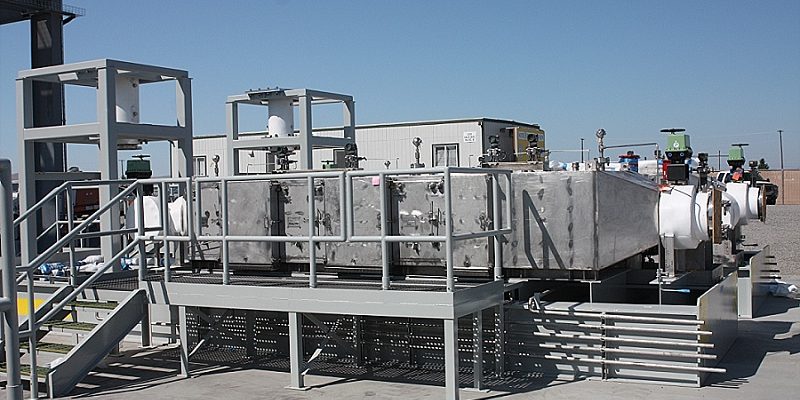
Proper ventilation is crucial for maintaining a healthy and comfortable indoor environment in buildings. It not only helps to regulate temperature and humidity but also removes pollutants and replenishes oxygen levels. In this blog post, we will delve into the three basic methods for ventilating buildings, exploring their advantages, disadvantages, and innovative applications. Whether you are an architect, engineer, or simply interested in sustainable building practices, this article will provide you with valuable insights into the world of building ventilation.
- Natural Ventilation:
Natural ventilation is the oldest and most traditional method of ventilating buildings. It relies on natural forces such as wind and buoyancy to create airflow. This method utilizes strategically placed openings, such as windows, doors, and vents, to facilitate the movement of air. Natural ventilation offers several benefits, including energy efficiency, cost-effectiveness, and a connection to the outdoors. However, its effectiveness is highly dependent on external factors such as climate, wind direction, and building orientation.
In recent years, innovative approaches to natural ventilation have emerged. These include the use of wind catchers, solar chimneys, and stack effect systems. By harnessing renewable energy sources and incorporating intelligent design principles, these advancements have revolutionized the potential of natural ventilation in modern buildings.
- Mechanical Ventilation:
Mechanical ventilation involves the use of mechanical systems, such as fans and air conditioning units, to circulate and exchange air within a building. This method provides greater control over airflow, allowing for precise regulation of temperature, humidity, and air quality. Mechanical ventilation is particularly advantageous in climates with extreme weather conditions or in buildings with limited access to natural ventilation.
There are various types of mechanical ventilation systems, including exhaust-only, supply-only, and balanced systems. Each system has its own set of advantages and considerations, depending on factors such as building size, occupancy, and energy efficiency goals. Additionally, advancements in technology have led to the development of energy recovery ventilation (ERV) and demand-controlled ventilation (DCV) systems, which further enhance energy efficiency and indoor air quality.
- Hybrid Ventilation:
As the name suggests, hybrid ventilation combines elements of both natural and mechanical ventilation systems. This method aims to optimize the benefits of each approach while minimizing their drawbacks. By intelligently integrating natural ventilation strategies with mechanical systems, hybrid ventilation offers enhanced control, flexibility, and energy efficiency.
One example of hybrid ventilation is the use of automated windows and vents that respond to environmental conditions. These systems can intelligently switch between natural and mechanical ventilation modes based on factors such as temperature, humidity, and air quality. By adapting to changing conditions in real-time, hybrid ventilation ensures optimal indoor comfort while minimizing energy consumption.
Conclusion:
Ventilation plays a vital role in creating healthy and sustainable buildings. By understanding the three basic methods of ventilation – natural, mechanical, and hybrid – architects, engineers, and building owners can make informed decisions to optimize indoor environments. Whether it’s harnessing the power of nature, leveraging mechanical systems, or combining the best of both worlds, the key lies in finding the right balance between energy efficiency, occupant comfort, and environmental impact. As we continue to innovate and explore new technologies, the future of building ventilation holds exciting possibilities for creating healthier, more sustainable spaces.

